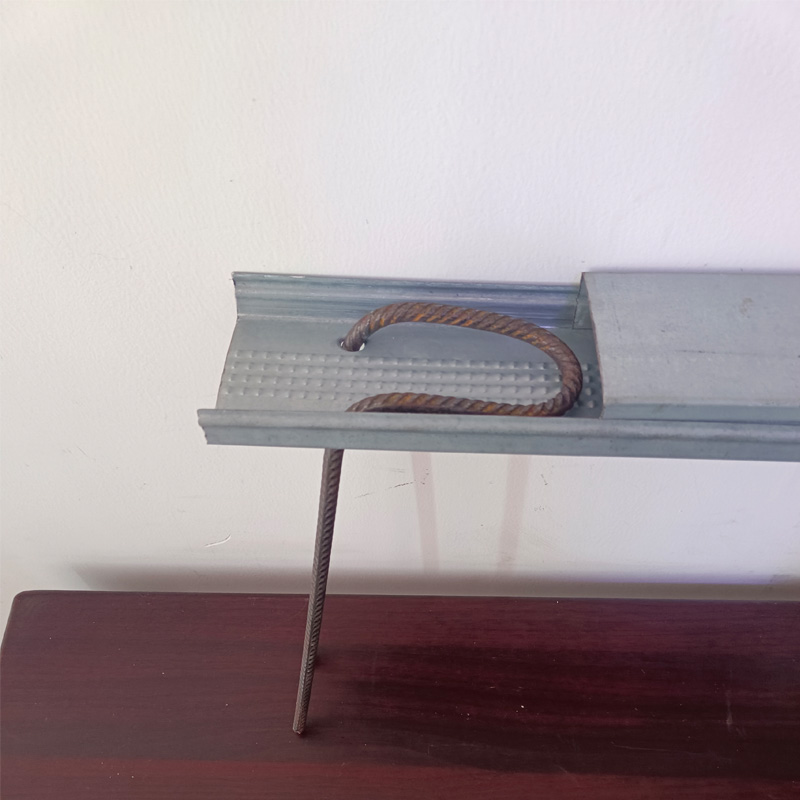
- Mobile Phone
- +8613931874955
- sales@cntcmetal.com
Guide to Installing Stucco Lath for a Durable and Stylish Finish
Installing Stucco Lath A Step-by-Step Guide
Stucco is a popular choice for exterior finishing due to its durability, versatility, and aesthetic appeal. One of the most critical components of a successful stucco application is the installation of lath, which provides a structural framework for the stucco to adhere to. In this article, we will outline the essential steps for installing stucco lath effectively.
1. Gather Necessary Tools and Materials
Before you begin, ensure you have all the necessary tools and materials at hand. You will need
- Stucco lath (wire or fiberglass) - Metal lath nails or screws - A hammer or power drill - Measuring tape - Tin snips (for cutting lath) - Level - Chalk line - Safety goggles and gloves
2. Prepare the Surface
The first step is to prepare the wall surface where the stucco will be applied. This involves cleaning the area and ensuring that it is free of any debris, dust, or loose paint. If you are working on an old structure, inspect for any damage and make necessary repairs. It’s essential that the surface is sound and capable of supporting the lath and stucco.
3. Install a Weather-Resistant Barrier
Before the lath can be installed, a weather-resistant barrier must be applied. This barrier protects the wall from moisture damage. Materials like building paper or house wrap can be used. Apply the material horizontally, overlapping the seams by at least six inches and securing it with staples or appropriate fasteners.
Using your measuring tape, determine the height and width of the wall sections that will receive lath. Using tin snips, cut the lath to size, ensuring that it fits securely against the wall. If you are using metal lath, be cautious, as the edges can be sharp.
installing stucco lath

5. Install the Lath
Begin installing the lath from the bottom of the wall, working your way up. Position the lath in such a way that the horizontal ribs face the wall. This will assist in holding the stucco in place. Use metal lath nails or screws to secure the lath to the wall, placing fasteners approximately every 6 to 8 inches apart along the studs.
For vertical seams, make sure to overlap the edges by at least one inch and secure properly. It's crucial to maintain a level alignment as you work. Use a level or chalk line to help ensure straight lines, as this will contribute to a professional appearance in the finished stucco.
6. Install Corner Beads
To achieve clean edges where walls meet or at corners, install corner beads. These are typically made of metal or plastic and provide a straight edge for the stucco application. Make sure it is securely fastened to the lath with nails or screws.
7. Create Weep Holes and Control Joints
To prevent moisture build-up, install weep holes at strategic points in the stucco—its location usually depends on the size of the wall area. Additionally, control joints may be necessary for larger stucco surfaces to accommodate expansion and contraction, helping to prevent cracking.
8. Final Preparation for Stucco Application
Once the lath is securely installed, inspect your work to ensure there are no loose areas or sharp edges. Clean the surface of the lath to remove any debris left from the installation process. This preparation step is critical to achieving a smooth stucco finish.
Conclusion
Installing stucco lath is an essential stage in the stucco application process that sets the foundation for a long-lasting and attractive finish. By carefully following the steps outlined above, you can ensure your lath is properly installed, maximizing the performance of your stucco. Remember to always prioritize safety, and wear protective gear during the installation process. With diligent preparation and execution, your stucco project will stand the test of time.
share:
-
Why Sacrificial Formwork Is Redefining Underground ConstructionNewsJun.06,2025
-
The Structural Dynamics of Modern Concrete: How Snake Spacers Revolutionize Flexible ReinforcementNewsJun.06,2025
-
Snake Spacers Smart-Lock Concrete Reinforcement with Surgical PrecisionNewsJun.06,2025
-
Snake Spacers: Reinforcement Precision for Modern Concrete ProjectsNewsJun.06,2025
-
Snake Spacers Powering Concrete's Structural DNANewsJun.06,2025
-
Slither into Success: Snake Spacers' Precision Bite for Unbreakable ReinforcementNewsJun.06,2025
-
Sacrificial Formwork: Building Stronger, Faster, and Safer StructuresNewsJun.06,2025



















